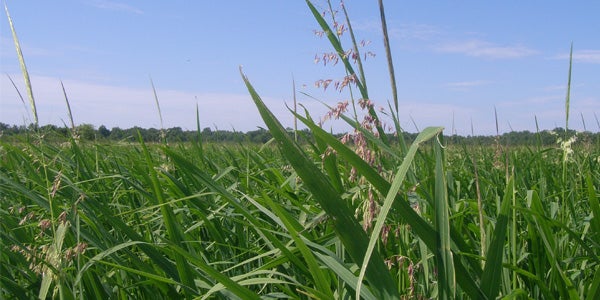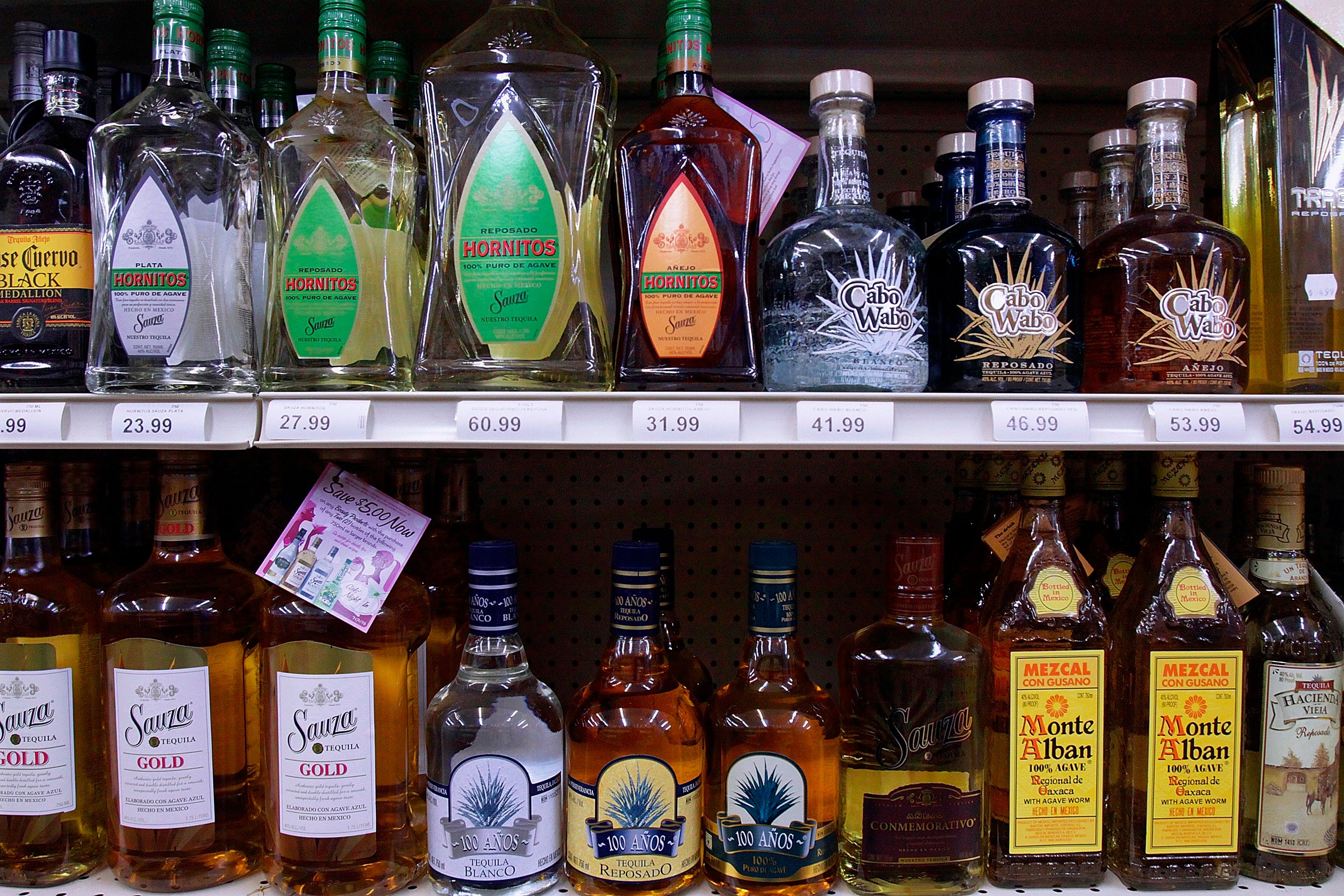Central Time launches “On The Rocks,” a weeklong series on alcohol culture in Wisconsin. On Monday, we look at the history of alcohol consumption in the state and explore how much excessive drinking costs Wisconsinites. Then we get up to date on the latest this month in science and follow a new report on political donations from wealthy Wisconsinites.
Featured in this Show
-
Wisconsin's Drinking Problem Doesn't Stem From Cultural Heritage, Expert Says
When it comes to alcoholic superlatives, Wisconsin sweeps the rest of the country: Compared to every other state, it has the highest percentages of people who are drinkers, binge drinkers and drunken drivers.
One common theory about why Wisconsin’s drinking culture is so extreme is linked to the state’s German heritage. About 43 percent of the state’s population claims German roots, which explains Wisconsin’s drinking culture — so the theory goes — since medieval Germans are the ones who invented hopped beer.
According to Julia Sherman, the coordinator for the Wisconsin Alcohol Policy Project in Wisconsin, pointing to German ancestry is a cop out.
“It’s been too many generations,” she said. “Germany has passed from the living memory of Wisconsinites.”
Sherman said there are examples throughout Wisconsin history that demonstrate ancestry isn’t behind the state’s drinking culture. In 1838, the Wisconsin territorial legislature created a dry county in Walworth, in the southern part of the state. Moreover, Wisconsin had a thriving temperance association long before it had any commercial breweries.
Sherman also pointed to New England to disprove the German-heritage theory. That region also has high levels of alcohol consumption, but its German heritage is proportionally much smaller.

Photo: University of Wisconsin Population Health Institute and Health First WisconsinSherman suggested that a more likely factor behind Wisconsin’s drinking culture is race.
“The white population has a higher rate of drinkers than any of the other racial groups,” she said.
Wisconsin’s population is 86 percent white, whereas the country’s population as a whole is 72 percent white, according to the U.S. Census.
Sherman said that besides race, there are four main reasons for Wisconsin’s high rates of alcohol consumption. She calls them “the four As”:
Availability: “Alcohol is literally everywhere. It is sold in far more locations in Wisconsin that in other places,” said Sherman.
Affordability: “We have some of the lowest alcohol prices in the country,” she said.
Attractiveness: “There is a tremendous amount of alcohol advertising,” said Sherman. She pointed to the commonplace alcohol advertisements on public transit in the state as an example.
Acceptability: “We have very relaxed social norms,” said Sherman. “There is an expectation that we will all drink.”
Editor’s Note: This story is the first part of a week-long series, “On the Rocks: A Look At Wisconsin’s Alcohol Culture” on WPR program, “Central Time.”
-
On The Rocks: A Look At Wisconsin's Alcohol Culture: How We Got Here And What Drinking Costs Wisconsinites
In our first installment of a weeklong series, an alcohol policy expert takes a look back at Wisconsin’s history to find out how the state’s relationship with alcohol got to be the way it is today. Then she discusses how much excessive drinking costs Wisconsinites.
For more information about the series, click here.
-
Political Donations From Wealthy Wisconsinites Way Up Since Courts' Deregulation
A new report out Monday from the Milwaukee Journal Sentinel shows that big political donations from Wisconsin’s wealthiest donors are up significantly since the courts struck down limits on overall political donations this past spring.
The total amount of money any individual used to be able to spend in a single campaign season was $10,000 dollars, but now it is unlimited. In light of that change, 38 mega-donors in the state have given over $680,000 — $300,000 more than they would have been able to donate before the law limiting donations was struck down. -
Science News From Discover Magazine: Species At The U.S.-Mexico Border And More
Some of the security measures being taken at the U.S.-Mexico border are negatively affecting endangered species there. Discover Magazine editor Gemma Tarlach discusses this and other top stories from this month’s issue.
Episode Credits
- Rob Ferrett Host
- Veronica Rueckert Host
- Galen Druke Producer
- Amanda Magnus Producer
- Julia Sherman Guest
- Patrick Marley Guest
- Gemma Tarlach Guest
Wisconsin Public Radio, © Copyright 2024, Board of Regents of the University of Wisconsin System and Wisconsin Educational Communications Board.




